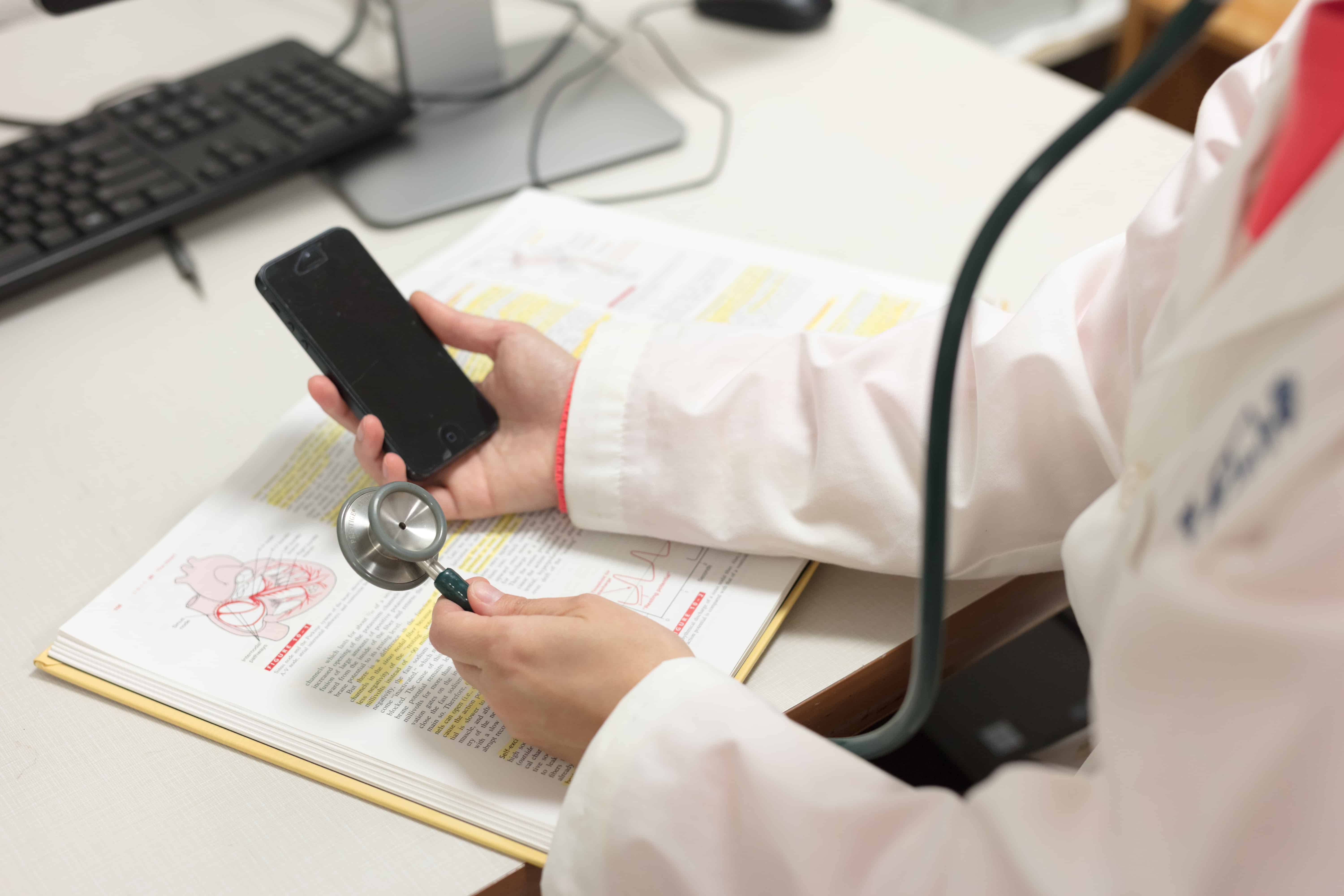The iconic medical device known as the stethoscope celebrates its two hundredth anniversary this year.
Until the 1800s, a doctor would perform an ‘auscultation’ by pressing their ears against a patient’s chest to hear their heart beat during a physical examination. This technique was difficult, as it required physical contact between patient and physician, and it provided no way to amplify the faint sound, which led to common misdiagnoses.
In 1816, French physician René Laennec devised a clever solution to the problem: Laennec was said to be examining a female patient with heart disease. Wanting to hear her heartbeat to but not wanting to press his ear against her chest, he rolled up a notebook and created a makeshift device.
Prompted by the success of the notebook, Laennec soon carved a wooden tube to create the world’s first stethoscope. It was similar to ear trumpets of the day, and it allowed the physician to perform auscultations more effectively and comfortably.
Almost 30 years later, Arthur Leared and George Cammann improved upon the design. Their major development of the device was ‘binaurality’ or the use of both ears. Flexible tubing allowed sound to travel from a small funnel to the ears.
Quickly, the stethoscope was adopted by doctors around the world. However, due to uncertainty about potential hearing imbalances caused by the binaural instrument, the Lannaec’s original monaural design was used until the early 1900s.
Eventually, the stethoscope is became one of the most ubiquitous and recognizable medical devices. Today’s design uses completely flexible rubber, metal, and plastic pieces to create lightweight noise-cancelling devices with improved acoustic quality.
Stethoscopes have been used daily during physical examinations for listening to the heart, lungs, and abdomen or determining blood pressure. It has also been used to listen for ‘bruits’, which are whooshing sounds that indicate a narrow artery.
As the stethoscope carries on into the twentieth century, however, technology seems to be replacing the iconic device.
Recently, handheld ultrasound devices that are small enough to fit into one’s pocket are being used to produce images of the heart in real time. There are also apps for smartphones and tablets that allow doctors to email ultrasound test results to patients right away. An American study found that these new devices are 35 per cent more accurate when diagnosing heart abnormalities than a physical exam.
Alternatively, a company has developed Heartbuds, which is a device that plugs into smartphones, operates with an app to record internal sounds, and allows the file to be stored and shared with patients. When the app was compared with a standard, disposable stethoscope, it had comparable sound quality and was able to detect abnormalities to the same degree.
The caveat to these high-tech stethoscope alternatives is that not all hospitals and care facilities have the money to purchase the new technology. Classic stethoscopes are relatively inexpensive and can be replaced easily. Dr. Tarek Loubani, a Canadian emergency medicine doctor working in the Gaza strip, has used a 3D printer to create stethoscopes for only $2.50, alleviating medical supply shortages in the area.
Interestingly, medical school students are typically trained to use only stethoscopes as an instrumental tool. “The realities of modern medical practice juxtapose this notion, whereby more and more clinicians substitute sound physical examination with diagnostic tests,” says University of Toronto Resident Doctor Ian Plener. “The future of diagnostics is forever changing.”


